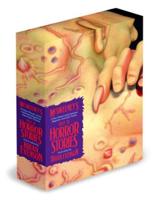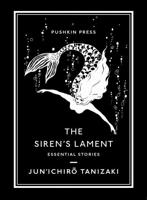Publisher's Synopsis
This historic book may have numerous typos and missing text. Purchasers can download a free scanned copy of the original book (without typos) from the publisher. Not indexed. Not illustrated. 1794 Excerpt: ...of sugar, is nearer the V i truth sr J. The reader will please to recollect, that in this, and the preceding chapter, the observations which I have made, both concerning the cultivation of the sugar-cane in the field, and the subsequent processes of the boiling-house and distillery, have been drawn chiefly from the practice os Jamaica. Some selection was necessary, and I could refer to no mode of conducting a sugar plantation, with such propriety as to that with which I am myself practically acquainted.--My next enquiries will relate to the particulars of the first cost of this species of property, to the current expences attending it, and to the returns which may be reasonably expected from a capital thus employed; and here again my estimates will refer chiefly to Jamaica, That there is a considerable variation in some of the Windward Islands, I have no doubt. In St. Christopher's for instance, some of the lands are certainly more valuable than the very best in Jamaica; but, on the other hand, Jamaica i& exempted from the duty of 4s per cent, and has other advantages, which probably make the scale even CHAP. III. (r) This will "be better understood by attending to the following particulars: --The general supply of scummings to the still-house is seven gallons out of every Ioo gallons of cane-liquor. Supposing, therefore, that 2,000 gallons of canejuice is required for each hogshead of sugar of 16 cwt. the scummings, on a plantation making 200 hogsheads per annum, will be 28,000 gallons, equal to--------4,666 gallons of melasse6. Add the melasses from the curing-house, which, - if the sugar is of a good quality, will seldom i 12,000 exceed sixty gallons per hogshead--J Total of sweets--16,666 gallons. This, distilled at and after the rate of iz..."











